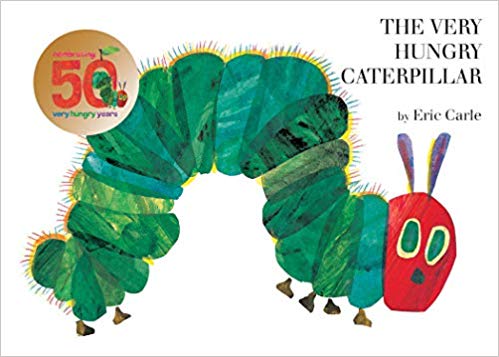The Weekender, March 22, 2019

1) “The only metric of success that really matters is the one we ignore” (Quartz, 12 minutes, March 2019). To save you a click, the thing we ignore is “building community.” But you should click anyway because it’s a really good point. Thanks to Phil D. for sharing with me.
Before Robbie got sick, if you had asked me if community mattered, I would have said yes. But I wouldn’t have thought about it much. Nor would I have spent much time working out what it meant.
But after many nights in emergency rooms and too-long stays in hospitals, of watching my nieces slowly lose their father, I got a glimpse of what community looks like. It was the people who turned up before they were asked, to do things they didn’t have time to do. Neighbors who collected kids from school and came to hospitals to sit. Friends who stayed. Groups of people who materialized to make lunch for four kids for months because their parents couldn’t.
This was community. And what I would come to learn, slowly, is that community is about a series of small choices and everyday actions: how to spend a Saturday, what to do when a neighbor falls ill, how to make time when there is none. Knowing others and being known; investing in somewhere instead of trying to be everywhere. Communities are built, like Legos, one brick at a time. There’s no hack.
When Robbie died, I wanted to do less and be more. And what I wanted to be was more connected—not only to my family and close friends, but to the people around me who would be the buffer against the inevitable absence of me.
2) “How ‘The Very Hungry Caterpillar’ Became a Classic” (The Atlantic, 6 minutes, March 2019).

Yes, that guy.
3) “Ong’s Hat: The Early Internet Conspiracy Game That Got Too Real” (Gizmodo, 22 minutes, February 2019). If you haven’t heard of Ong’s Hat, don’t worry, I hadn’t either. It was, basically/most likely, an online scavenger of sorts — but one which some participants took way too seriously. The link tells the story in depth.
4) The Now I Know Week in Review:
Monday: When You’re Glad The Bank Isn’t Trustworthy — The bank was a scam. But in a good way!
Tuesday: The Brightest New Hotel on the Block — The hotel had a pool, probably some pretty great restaurants, and a, uh, death ray? What?!
Wednesday: The Unintentional Artist — he meant to make a fast buck. He became an artist instead.
Thursday: How a Silly Social Media Thing Helped Break the Ice — The Ice Bucket Challenge wasn’t just a silly viral sensation. It led to a medical breakthrough.
WeekenderAdUnits
5) “How the Internet Travels Across Oceans” (New York Times, 6 minutes, March 2019).
The internet consists of tiny bits of code that move around the world, traveling along wires as thin as a strand of hair strung across the ocean floor. The data zips from New York to Sydney, from Hong Kong to London, in the time it takes you to read this word.
Nearly 750,000 miles of cable already connect the continents to support our insatiable demand for communication and entertainment. Companies have typically pooled their resources to collaborate on undersea cable projects, like a freeway for them all to share.
But now Google is going its own way, in a first-of-its-kind project connecting the United States to Chile, home to the company’s largest data center in Latin America.
“People think that data is in the cloud, but it’s not,” said Jayne Stowell, who oversees construction of Google’s undersea cable projects. “It’s in the ocean.”
6) “Behind Kim Jong Il’s Famous Round of Golf” (Golf Magazine, 4 minutes, June 2016). According to North Korean lore, Kim Jong Il — the former ruler of the country and father of current despot, Kim Jong-un — was a golf prodigy who, the very first time he took to the links, shot 11 holes-in-one. That obviously didn’t happen, but the true story is similarly bonkers.
Have a great weekend!
